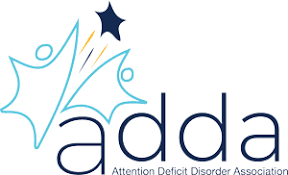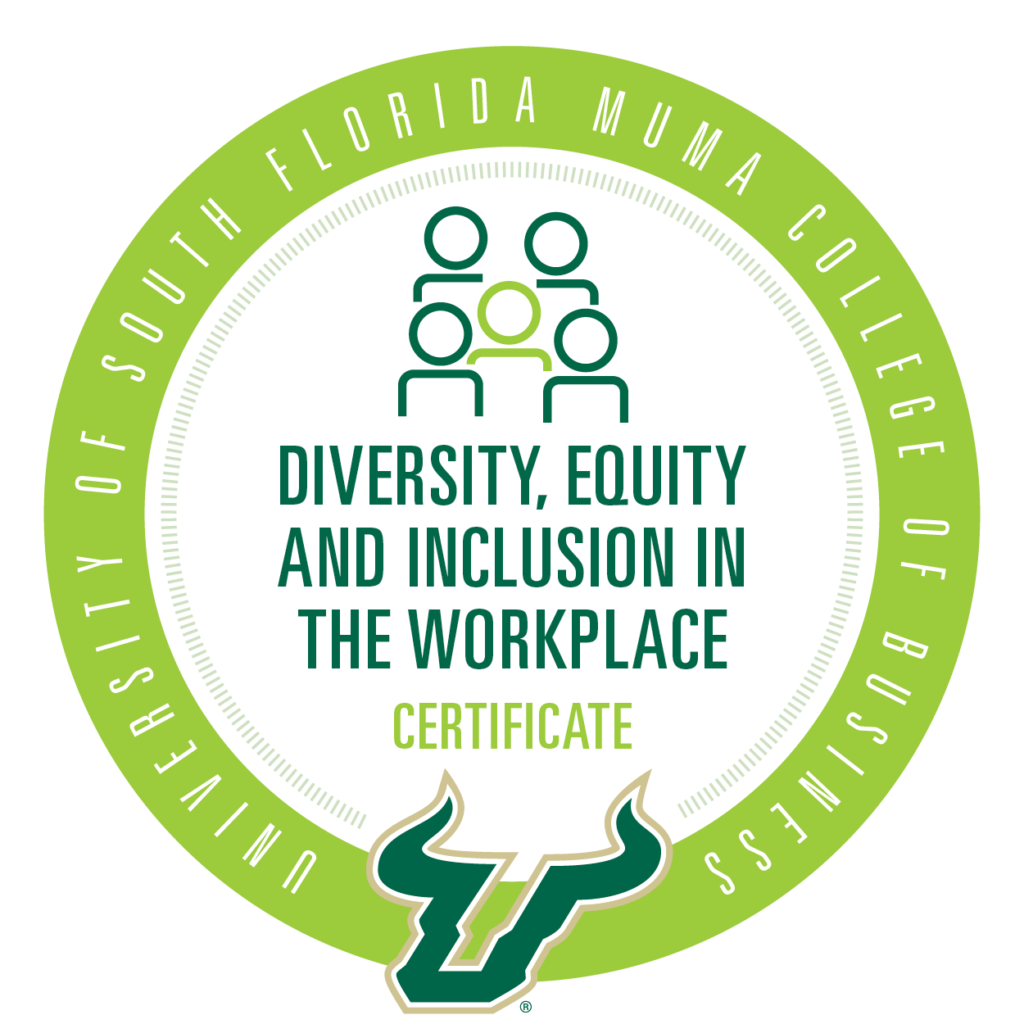The Changes Facing the Classroom Experience Due to Covid Protocols
It is no surprise to anyone in any career, that COVID protocols have forced changes in all working environments. This is most apparent in the classroom. Almost all areas of a normal functioning classroom changed during the 2020-2021 school year and these changes have continued to impact this new school year.
Teachers had to make rapid adjustments in order to accommodate virtual teaching. This meant learning all new systems, like Google Classroom, new tools and apps to assign classwork, and new ways to connect with students.
These changes did not just disappear starting the new year and many may stick around for a while or they may never change back.
Virtual vs. In-Person
The biggest change was obviously going from teaching students in-person to teaching fully virtual or remote. While the need for protocols to limit the exposure of students and teachers to potential COVID sources was needed, it didn’t make the transition any easier.
With virtual learning, teaching not only turned to Zoom or Google Meets, but all manners in which teachers present lessons and material to students had to change as well. No more paper copies, no more sharing books, no more sharing pencils, and other school supplies.
Everything had to turn digital or packets of work had to be sent home. Either way, the direct in-person teacher instruction that is so necessary at any grade level was missing. And is still missing for many students.
However, virtual schools will stick around. Many schools or school systems were beginning to offer virtual classes as an option even before COVID protocols. Now that many students have had to do school virtually, more schools will be offering this for those who found that they enjoyed and maybe even thrived working from home and at their own pace.
While virtual schools will become more of an option, these classes will more than likely be taught by a separate teacher, not creating another hybrid situation within current classrooms.
Hybrid Models
Many schools opted to do a hybrid model as well. This means that some students were in person and others were at home joining the class virtually. In many cases, students were divided between “A days” and “B days” in order to cut down on the number of students in the classroom at one time to allow for more social distancing. Other schools offered parents the option of keeping their students virtual for the year.
In any hybrid situation, the difficulty for teachers was to engage with students in the classroom and at home at the same time. And even for those students physically in the classroom, they often had to remain quiet and separate from their peers in order to cut down on contact.
Some schools have continued offering a virtual option to families this school year which has continued hybrid classrooms for many teachers.
Building Relationships
Turning all lessons and materials virtual can be done. The more difficult change in the classroom experience during COVID was in how relationships were built between teachers and students. Without much of any face-to-face contact, connections were lost. Even when in-person, having to wear a mask and not truly knowing the face of your students or of the teacher, and not being able to clearly determine facial expressions, changes the way that teachers and students communicate.
How and why teachers build relationships with students may see permanent changes too. Teachers know that relationships, especially those built at the beginning of the year, are crucial to setting up routines, expectations, classroom management, and work rigor. While there has really never been a lot of questions about this, teachers may realize or begin putting more emphasis on relationships now that they have had to deal with a year when relationships were not strong.
Sometimes you have to slow down in order to speed up later when working with students. This may mean that teachers need or will begin to take more time at the beginning of the year to focus on engagement and relationship building so that as the year goes on, they can have a well-running, productive class.
Other Changes that Will Possibly Stick
Other changes that have occurred that will more than likely stick around include changes to testing, instructional presentation, and professional development.
Testing
Because so many students lost some progress during the 2020-2021 school year due to the pandemic, schools and school systems have opted out of testing or giving parents the option to opt their students out of testing.
At the classroom and school level, staff has seen that the lack of state standardized tests has not changed the outcomes for students. They have seen that a better indicator of student success lies within the work done in the classroom. Because of this, states may begin to take away at least some of the state standardized tests that almost all in education dread so much.
Digital Resources
While having students physically write things on paper using a pencil is more beneficial to their information retention, there are also a lot of benefits to using digital materials and resources. Many teachers who have quickly had to learn to use a wide variety of digital resources will more than likely still find themselves using many of them even when schools go back to “normal”.
Digital can give teachers a faster method of looking at student progress. It can also help teachers form comparisons of students in different areas and get a clear and concise overview of the student’s situation. Much of the job market now and in the future is going to have some element that is digital or online. Because of this, students need to be prepared and skilled in technology in order to compete later in life. These technology skills can be developed throughout the school as students learn to navigate the digital world.
Professional Development
Changes to how professional development is handled may be welcomed by many teachers. Professional development opportunities for teachers continued through last year, especially as teachers needed new training for the resources they were being asked to use, much of this training was done virtually.
Having virtual training, allowed teachers to not have to miss instructional days because they could the training after school hours in most cases. This cut down on the need for substitute teachers as well as cutting the stress of developing sub plans.
Some Things to Consider
As schools continue to deal with and come up with new protocols to deal with the ever-changing COVID scene, teachers and other school staff will continue to adjust as needed. While the hope of all included, teachers, parents, students, and other school staff, is to get back to normal, there are certain aspects of education that have been forever changed and normal is what we make of it going forward.








